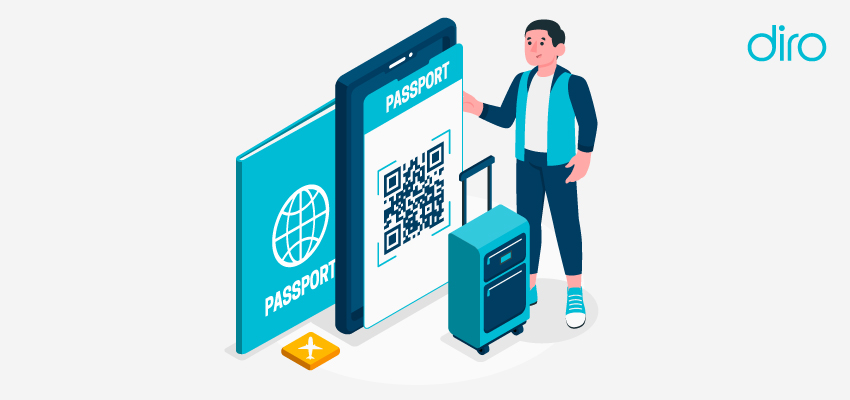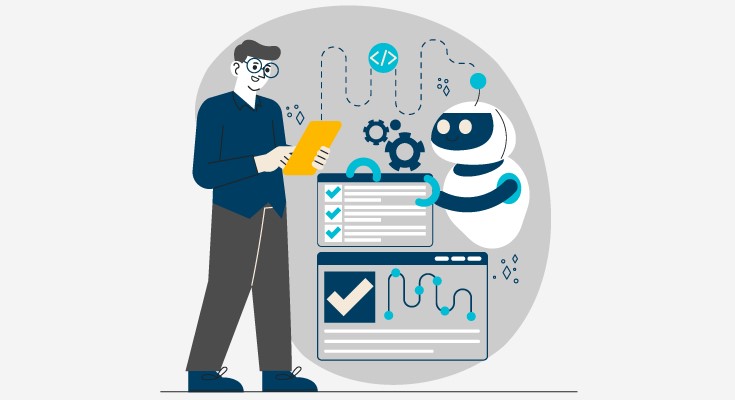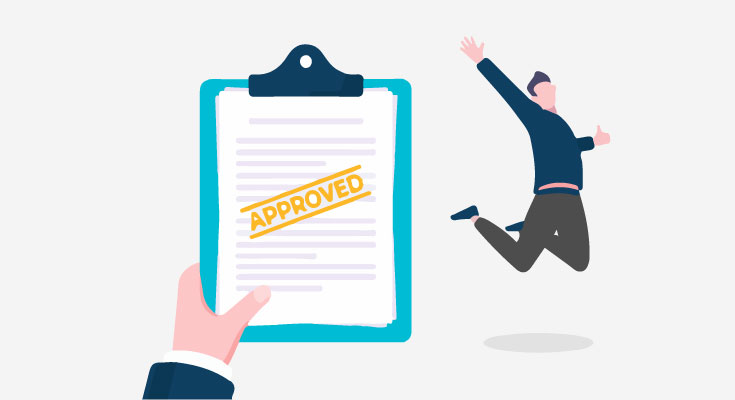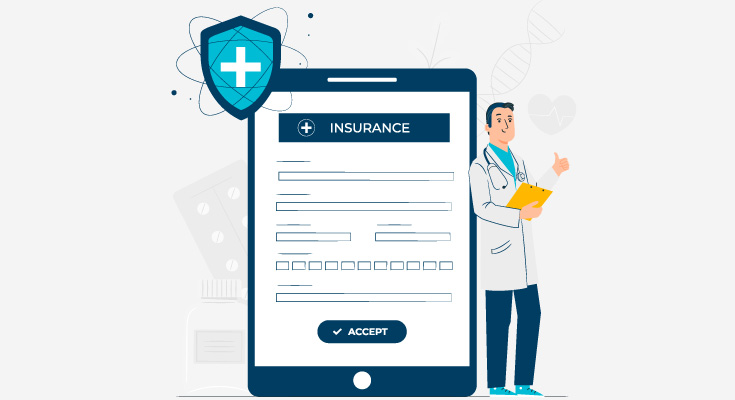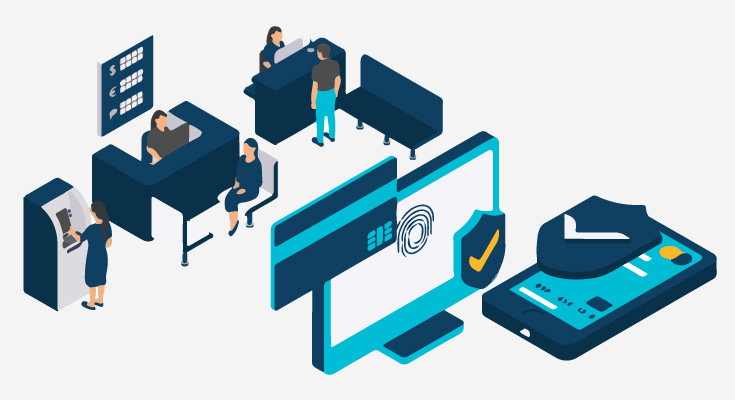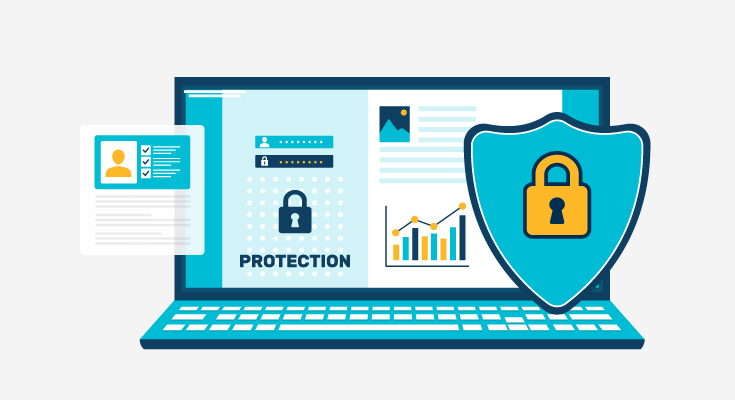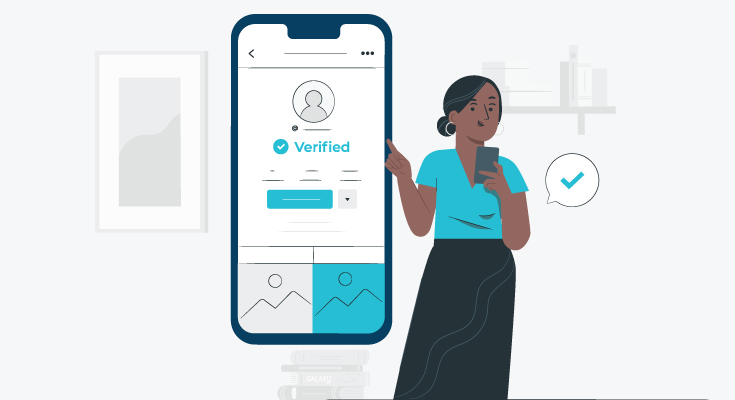In today’s fast-paced, technology-driven world, document fraud has become a significant threat affecting various industries. Document fraud is an umbrella term that encompasses a lot of illegal activities, such as:
- Creation of fake documents
- Altering existing documents
- Duplication of documents
- Counterfeiting documents
- Forging of official documents with malicious intent.
Such actions do not hurt the integrity of personal, financial, and institutional information and also lead to devastating consequences for individuals and businesses alike. The insidious nature of document fraud is exacerbated by technological advancements, particularly the rise of artificial intelligence (AI), which has made committing such fraud easier than ever.
In this guide, we’ll break down document fraud, the industries it impacts, and what businesses can do to prevent fraud.
Key Types of Document Fraud
1. Blank Document Fraud
Blank documents, such as blank checks or pre-signed forms, create a fertile ground for fraudsters. By acquiring these documents—often through careless disposal or insider threats—criminals can insert false information to deceive banks or institutions.
The prevalence of blank document fraud underscores the need for stringent security measures concerning the disposal and management of sensitive documents.
2. Camouflage Documents
Camouflage documents are fabricated to closely resemble official documents produced by legitimate entities. They often originate from non-existent issuing authorities or organizations and are commonly used for scams or identity theft.
With readily available graphic design software, fraudsters can create these documents quickly, making it challenging for laypersons to distinguish them from genuine documents.
3. Forged Documents
Forged documents involve altering legitimate documents with the intent to mislead authorities or financial institutions. Alterations can include changing crucial details such as names, dates, or amounts, and may encompass identity papers, financial statements, or legal contracts.
The impact of forged documents can lead to catastrophic financial losses and reputational damage for those duped into believing they are authentic.
4. Image Fraud
Image fraud extends beyond document manipulation; it includes digital alterations to document visuals. Utilizing advanced graphic processing techniques, fraudsters can change critical elements like text or photographs.
This sophisticated form of fraud presents challenges for organizations striving to maintain vigilance over their digital assets.
5. Invoice Fraud
Invoice fraud is on the rise as fraudsters issue fake invoices to trick unsuspecting customers. These imposters often create fictitious companies that closely resemble trusted suppliers, generating invoices that appear legitimate.
Victims typically remain unaware of the deception until financial discrepancies arise, often after the fraudster has vanished.
6. Counterfeit Documents
Counterfeit documents are something that fraudsters build by copying official documents. Bad actors can use these documents to open new accounts and gain access to additional credentials. One of the most common uses of a counterfeit document is to use someone’s driver’s license to learn about the social security number.
Industries Affected by Document Fraud
Document fraud is not limited to a single sector; it extends across numerous industries, each facing unique challenges. Here’s how various sectors are impacted:
1. Banking and Financial Services
This industry is particularly vulnerable due to the high volume of transactions that rely on document verification. Fraudsters may exploit false documents to access funds through loan applications or credit card fraud, resulting in substantial financial crimes and a loss of customer trust.
2. Professional Services
Industries such as accounting and legal services face billing fraud, where falsified documents lead to severe financial discrepancies and legal ramifications, adversely affecting both businesses and their clientele.
3. Manufacturing
In manufacturing, document fraud can involve the theft of equipment using fake requisitions or falsifying laboratory reports to bypass necessary regulations, resulting in compliance issues and financial losses.
4. Retail
Counterfeit receipts and warranty claims contribute to stock discrepancies, causing shrinkage and impacting the bottom line of retail businesses.
5. Government and Public Administration
Falsified identity documents can enable illegal access to public services or benefits, posing risks to public safety and welfare.
6. Insurance and Education
In the insurance industry, fraudsters can utilize fake documents to file false claims. Similarly, educational institutions grapple with the challenges of easily falsified degrees or certificates, undermining their credibility.
7. Real Estate
Document fraud in real estate may involve impersonating property owners, leading to unauthorized sales or fraudulent mortgage applications that can devastate the housing market.
Trends and Insights into Document Fraud
The intersection of technology and document fraud reveals an alarming trend: the increasing sophistication of fraudsters. Advancements in AI and machine learning empower criminals to forge and manipulate documents with unprecedented ease.
This expanded capability has led to a rise in document fraud incidents, compelling organizations to adopt a more proactive stance. Below are key strategies and insights based on recent research into the current landscape of document fraud:
1. Increased Vigilance is Imperative
As technology advances, organizations must similarly enhance their approaches to combat fraud. Implementing robust verification processes and fostering a culture of awareness can empower employees to identify potential threats before they escalate.
2. Identification Strategies
Organizations should remain vigilant in assessing documents, looking for signs of alteration, and unusual formatting, and evaluating the overall quality. Familiarity with legitimate logos and identifiers is crucial to recognizing potential fraud.
3. Emerging Technologies in Fraud Detection
AI can serve as an ally in the fight against fraud, as it can be harnessed by organizations to bolster their defenses. Solutions such as DIRO document verification fraud can enhance a business’s capabilities to detect fake documents. Check out DIRO’s document verification solution here.
Conclusion
As document fraud continues to evolve, the imperative to safeguard against it becomes increasingly urgent. This pervasive issue poses significant risks across various sectors and has far-reaching consequences. By understanding the different forms of document fraud and the industries affected, organizations can implement robust controls and verification processes.
Enhancing knowledge about document fraud empowers businesses to take proactive measures, ensuring they effectively combat this multifaceted threat. With vigilance and the strategic deployment of technology, organizations can protect their interests, uphold consumer trust, and mitigate the risks associated with document fraud.

